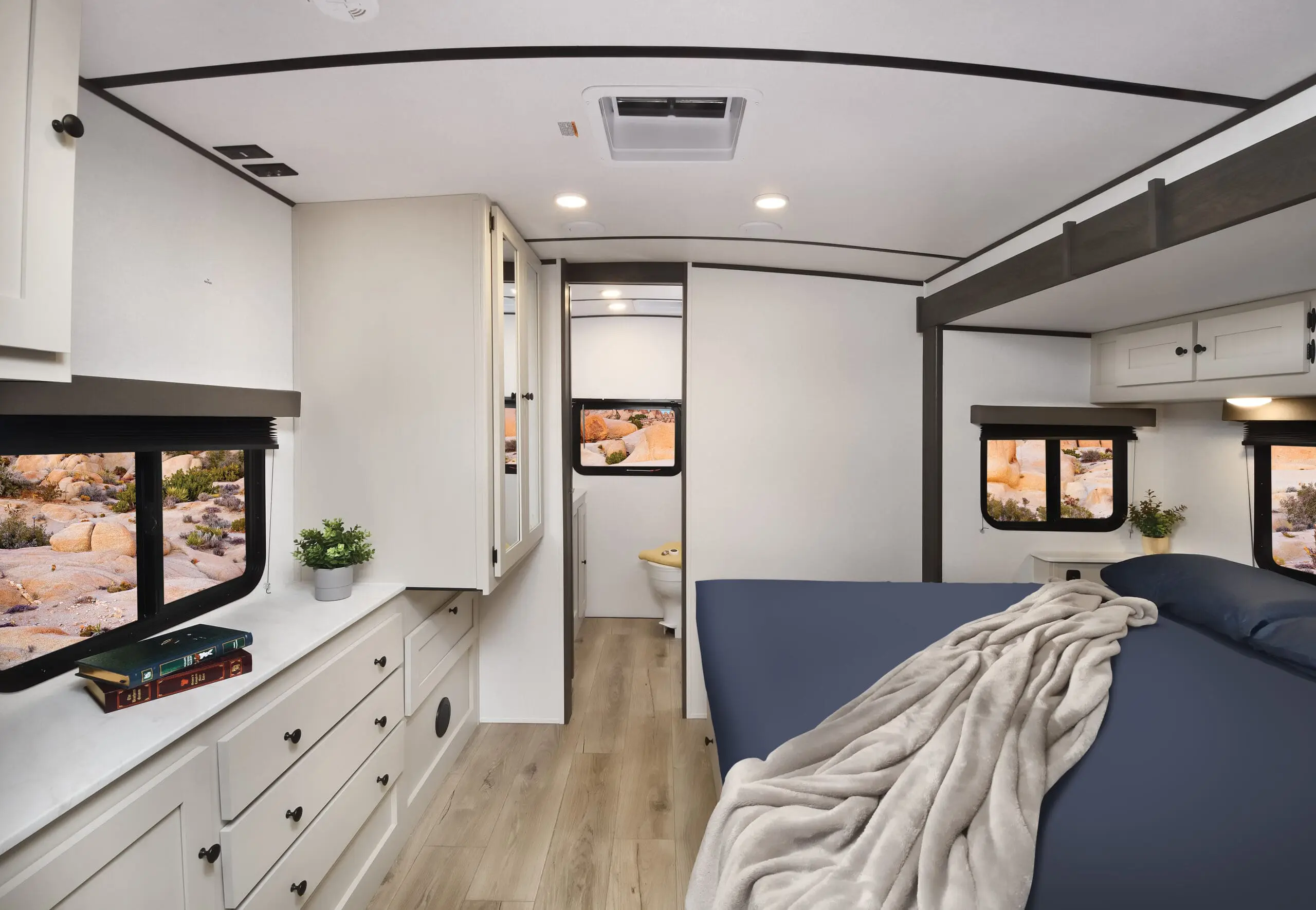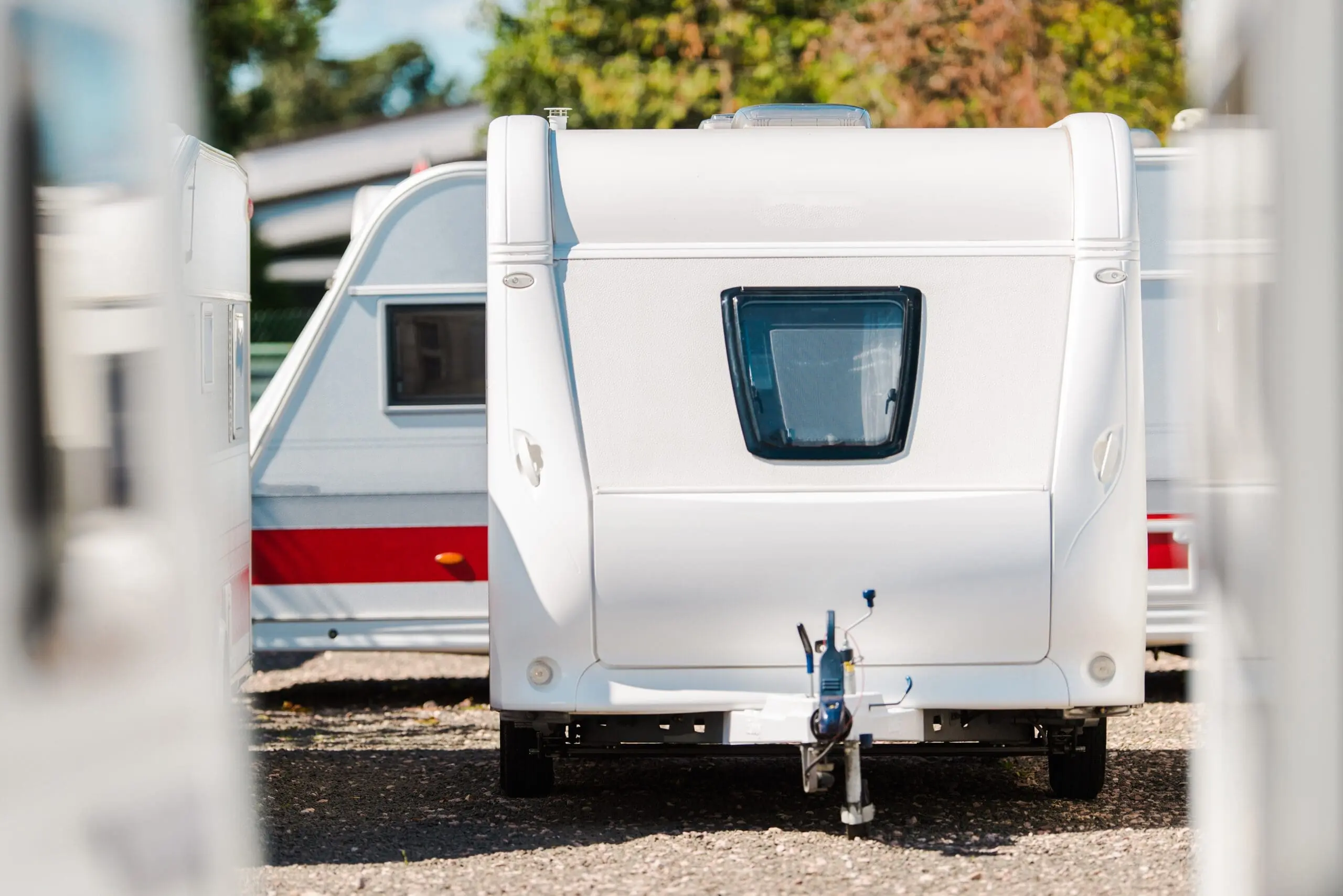What’s all the fuss about E Bikes? You see them everywhere, even in high end bike shops that sell ultra-sophisticated feather-light road racers that can cost $10,000 and up.
My first reaction is to say,”Have our sedentary ways gotten to the point that when we do finally get our butts off the couch, we can’t even pedal a bike without the aid of a motor?”
We know that cycling is an excellent, low-impact alternative to jogging that can be enjoyed by virtually everyone.
In my lifetime, I have witnessed cycling evolve from an activity reserved basically for kids into a hi-tech sport. While it had been wildly popular in Europe for decades, second only to soccer, you hardly saw anyone riding around wearing those form-fitting bike shorts in the 60’s and 70’s in my neck of the woods, even fewer who were clipped into the pedals. Then came the movie Breaking Away, Greg Lemond and Lance Armstrong and the sport exploded across the country and became, dare I say it, chic.
Of course, as our favourite octogenarian rock star Sir Mick says, time waits for no one. I’m just a shadow of my former groovy self. The challenge of steep climbs and headwinds have lost a lot of their romance. Plus, there are new realities to face, like climate change, traffic, limited parking, the high cost of fuel and the cost of owning a car.
And let’s not discount the impact of technology. Incredible advances in lightweight lithium batteries and motors have transformed E Bikes into sleek riding machines that are fun and safe to ride.
Might as well face it. The E Bike has come of age.
So if you’re in the market for one, the first thing to understand is that it is not another kind of scooter. You do need to pedal. The motor acts like a power assist that can be adjusted according to the fitness level of the rider and conditions. There’s also a speed limit: above 25 km the motor cuts out and you’re pedaling under your own steam.
Let’s review the basics.
Powertrain:
- E-bikes are equipped with electric motors which are located either in the hub of the wheel (hub motor) or near the pedals (mid-drive motor).
- Hub mounted motors are generally offered on lower end models. Power delivery is not as smooth as mid-drive.
- Mid-drive motors are used on higher end models. Since it’s directly connected with the bike’s power train (pedals and chain), power delivery is smoother and better controlled.
- Motors vary in power output, ranging from 250 watts to 750 watts or more.
- The motor receives power from a battery, usually lithium-ion. They come in various capacities, typically measured in watt-hours (Wh). Higher capacity batteries generally provide longer range. Batteries can be removable for charging or integrated into the bike’s frame.
Range:
- Multiple factors affect the range an e-bike can travel before recharging, such as battery capacity, motor power, terrain, rider weight, and assist level. On average, e-bikes can cover distances ranging from 20 to over 100 miles on a single charge.
- Types:
- Commuter E-Bikes – designed for urban commuting, these e-bikes often have a more upright riding position, integrated lights, racks, and fenders for practicality.
- Mountain E-Bikes (E-MTBs) – built to navigate off-road trails, with features like suspension, knobby tires, and rugged frames to handle rough terrain.
- Folding E-Bikes – compact and portable, folding e-bikes are convenient for city dwellers or commuters with limited storage space.
- Cargo E-Bikes – designed to carry heavy loads, with sturdy frames, long wheelbases, and cargo racks or boxes.
- Road E-Bikes – similar to traditional road bikes, these e-bikes are built for speed and efficiency on paved roads.
Certification:
- Currently, you don’t need to have a driver’s licence to operate an E Bike in Canada, but the government has recently stepped in due to safety concerns. In 2020, the government introduced certification standard UL2829 for all E Bikes. This certification is voluntary for now and many manufacturers have not implemented it because of the additional cost. Comparing the price with the brands that do comply with the certification is something to keep in mind when shopping.
- Cost:
- E-bike prices vary widely depending on factors such as brand, quality, features, and type. Entry-level e-bikes can start at around $1,000, while high-end models can exceed $10,000. Mid-range e-bikes typically range from $1,500 to $5,000.
No doubt about it, e-bikes offer some distinct advantages, but they are not necessarily the panacea to all our personal transportation woes. There are some downsides to consider, so before you go out and buy one, here are some pros & cons to ponder:
Cons
- Replacement lithium batteries are expensive and should be removed as a precaution against theft if you are leaving your bike in a public place.
- Cheaper models can be prone to breaking down and hence unsafe
- Pricey (as compared to a conventional bike)
- Less of an exercise/health dividend
- Heavier than a conventional bike
Pros
- Cost-effective alternative to commuting with a car
- Perfect for navigating the urban environment
- Green transportation
- Carry all your stuff for work, groceries, get to the office without working up a sweat
- Depending on the level of assist provided by the motor, it can be a good form of exercise
In the final analysis, E Bikes are just plain fun and it would appear they are here to stay. Technology will no doubt make them more efficient, safer and affordable. For RV enthusiasts, who love exploring and the great outdoors, a fantastic mode of transportation for long rides on those mountain and forest trails.
That’s good news because E Bikes are coming to an RV Care dealer near you very soon.

















